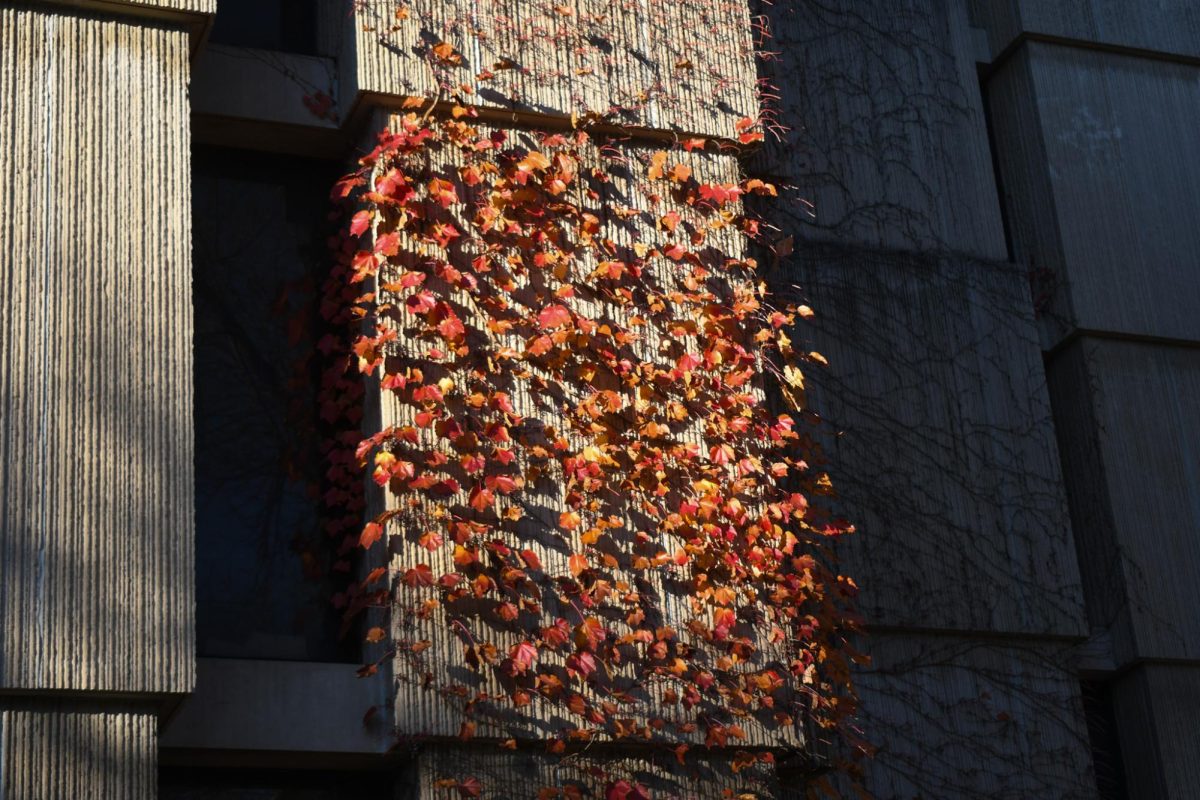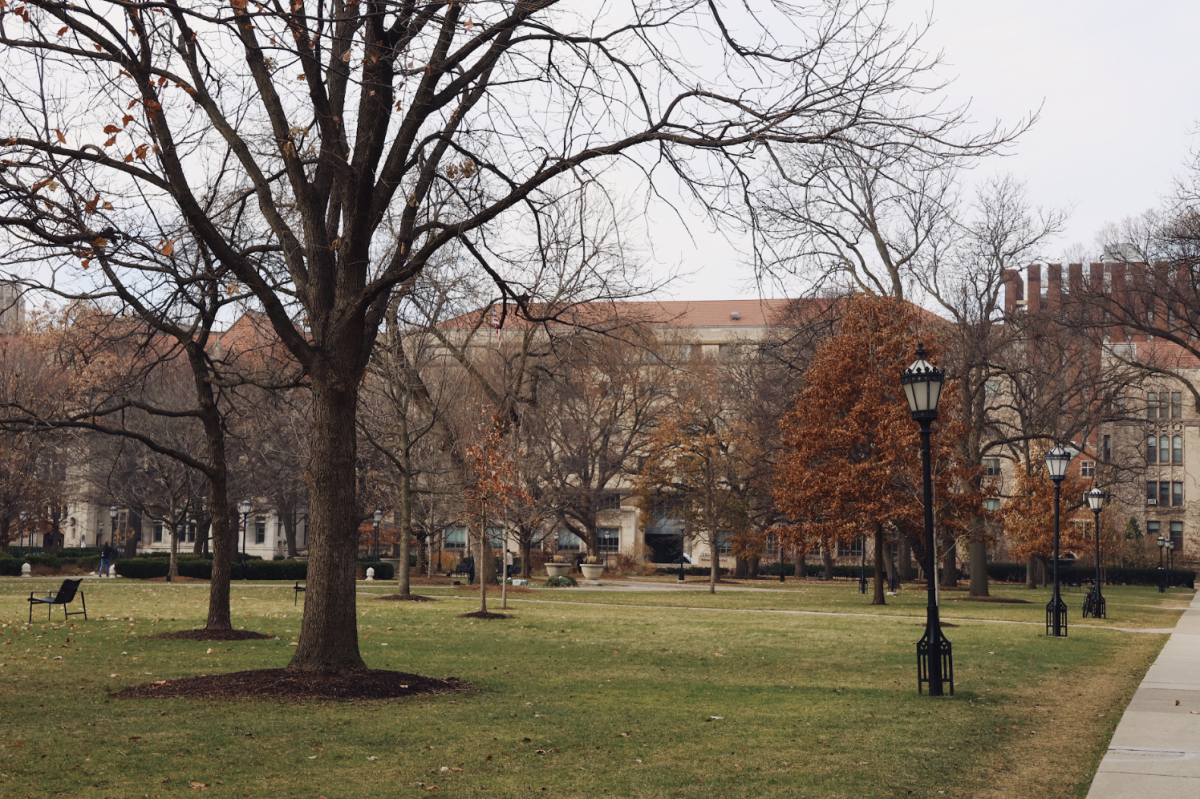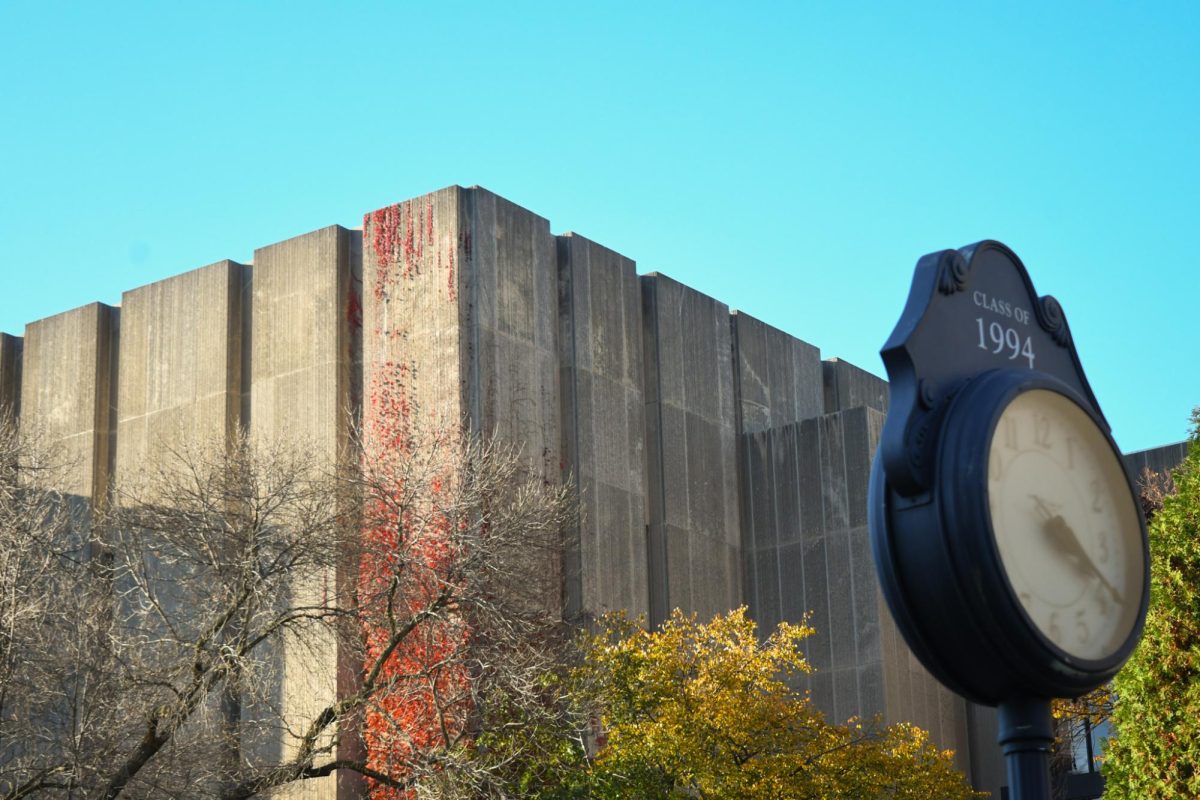Editor’s Note: The Viewpoints section functions independently from other sections of the paper and publishes articles without the explicit approval of the editors-in-chief. Viewpoints Editors—and other editors on the paper—were not consulted prior to the photo’s publication and do not have the ability to remove the photo from the website.
On my way to the School of Social Service Administration on Monday, February 11, I encountered the Chicago Police Department (CPD) and the University of Chicago Police Department’s (UCPD) heightened response to the incident that unfolded on campus. I passed no fewer than 20 police cars, dozens of officers, some of whom were armed with semi-automatic rifles, and a helicopter circling the area above the Midway Plaisance.
This is a police response many in the UChicago and larger Hyde Park community have come to know and critique. As a predominantly white institution with one of the largest private security forces in the world, UChicago often responds to non-white faces on campus with suspicion. When this presence involves an alleged robbery and a car chase, the response from law enforcement is tenfold. When white lives are thought to be in danger, no resource is spared.
The police response to yesterday’s incident is not the focus of this address, but it provides an important and necessary context for The Maroon’s reporting of the event and its defiant refusal to do what is ethical. The final article published by The Maroon on this story includes a large header image depicting one of the accused individuals, a young Black man, being led away in handcuffs from Saieh Hall by a CPD officer. This photograph has been up since approximately 1 p.m. on February 11 despite hundreds of complaints from UChicago students, faculty, staff, The Maroon’s own editors and photographers, and Hyde Park community members.
It has recently come to light that Maroon editors-in-chief Peter Grieve and Euirim Choi are doubling down on their decision to publish the photo of the young man apprehended by CPD. In a written statement, Grieve and Choi told the South Side Weekly,
“We do not yet know whether the individual in the photo is a minor—such information can sometimes take up to several days to confirm—but we would have arrived at the same decision even if he is. There is no law that prohibits a publication from taking photos of minors, so our decision rested solely on whether the news value of the photo outweighed the potential invasion of privacy… We, the editors-in-chief of The Maroon, concluded that our readers had the right to know all available details about any suspects involved.”
Zoe Kaiser, a former photo editor for The Maroon, already wrote a strong piece dismantling the idea that “the news value of the photo outweighed the potential invasion of privacy.” What I would like to do is consider the greater context of this image in our community. The response of the editors-in-chief frames the publication of this photo in an ahistorical, decontextualized way. This is not only naive, but dangerous and deeply harmful.
The University of Chicago has a long, sordid history of disrespecting the surrounding community. It has used the greater Hyde Park area as a lab to research issues of race, poverty, and violence, and it has taken ownership of growing amount of real estate in an effort to curate an environment that caters to its predominantly white, wealthy student body, alumni, and donors. Community members rightly feel that they are being shut out of their own neighborhood.
The University’s nearly 30-year resistance to providing a Level 1 trauma center to residents of the South Side encapsulates its relationship with the larger South Side community. Despite the South Side’s high concentration of gun-related injuries and deaths, whose victims are largely community members of color, the University clung to its decision for years. That only changed because of the work of determined local activists. They rightly called out the University’s blatant institutional racism and demanded that it use its wealth and power to build a facility that supported the needs of the greater South Side community.
The relationship between the University of Chicago and its surrounding areas remains fraught. The photo The Maroon published isn’t just of one young Black man who is at the center of one news story. To think of this image in a vacuum is profoundly ignorant. The image carries a heavy history and communicates messages that go far beyond the isolated news story Grieve and Choi desperately want to limit it to.
When I saw the photo on Monday, I received a clear message about whom the University community believes belongs on this campus and whom it does not. It is so unnecessary to the story that any other explanation is inconceivable. That image has no purpose other than to remind the surrounding community of its place in the eyes of the University community and to nurture an “us-versus-them” mentality.
When I read Grieve and Choi’s defiant response in the South Side Weekly, I heard the voice of privileged young men who seem to not fully understand that there are social, civic, and economic consequences of how we talk about and portray people. As editors of The Maroon, they are in a position of power that carries great responsibility. There may not be, as they stated, a law that prohibits the photo’s publication, but that answer really couldn’t be more out of touch. What is legal isn’t always right, and what’s right isn’t always legal. Maintaining this photo in the public sphere has real, long-lasting consequences for that young man and his loved ones. That photo has already caused irreparable harm, but the editors-in-chief have the power to stop this harm from growing.
To defiantly maintain that the photo is of service to the UChicago community and a necessary element of the news story is patently false and grossly unethical. I’ve written a petition that has 700 signatures and counting, from the UChicago community and beyond, that says otherwise. The editors-in-chief seized on and exploited a story rife with racial myths, one that serves as a profound example of the University’s disconnect from the larger community and its extreme level of privilege. Underscoring this is the letter from dozens of current and former Maroon editors, which—while critical of Grieve and Choi’s continued refusal to take down the photo—also asks that this incident “be treated as a learning moment for the newspaper.” The South Side community and its predominantly Black and Brown residents are not a laboratory for students at this university. Every moment that the image of this young Black man being apprehended by police remains public causes mounting harm to him, his loved ones, and our larger community. I implore the editors-in-chief to take it down.
Sophia Sarantakos is a doctoral candidate in the School of Social Service Administration.









